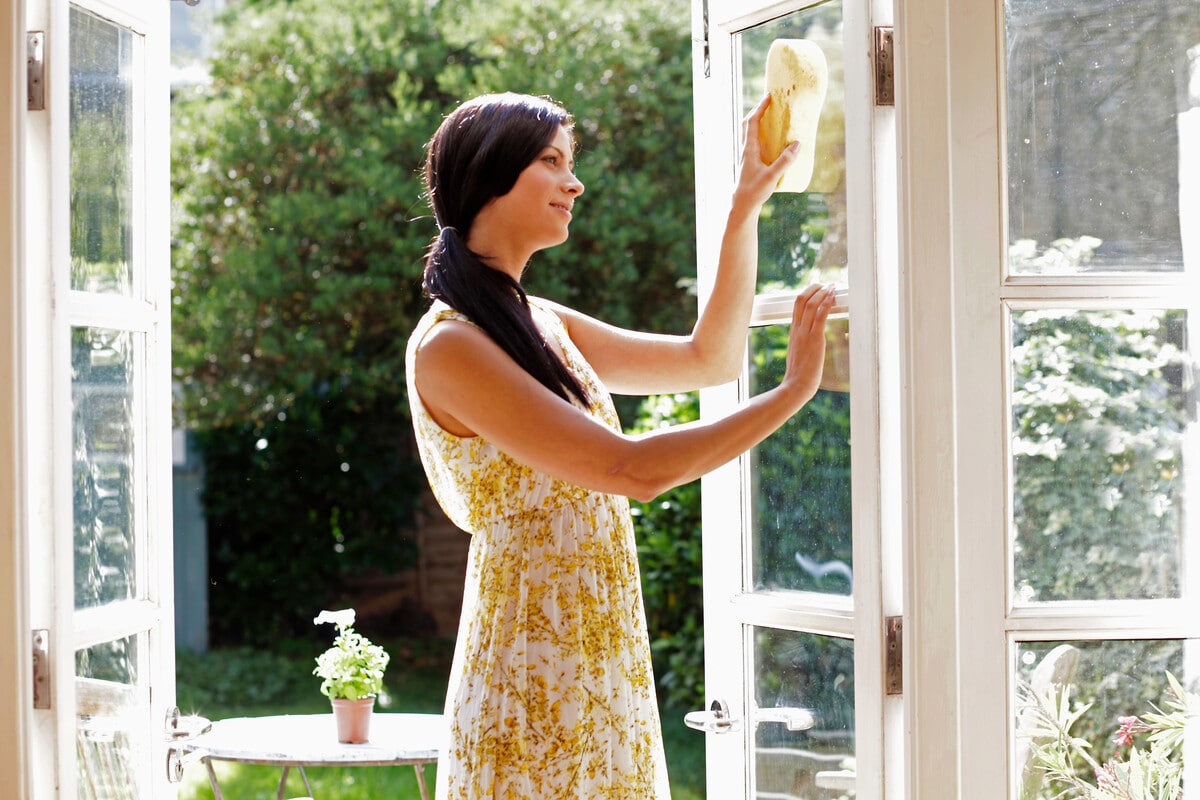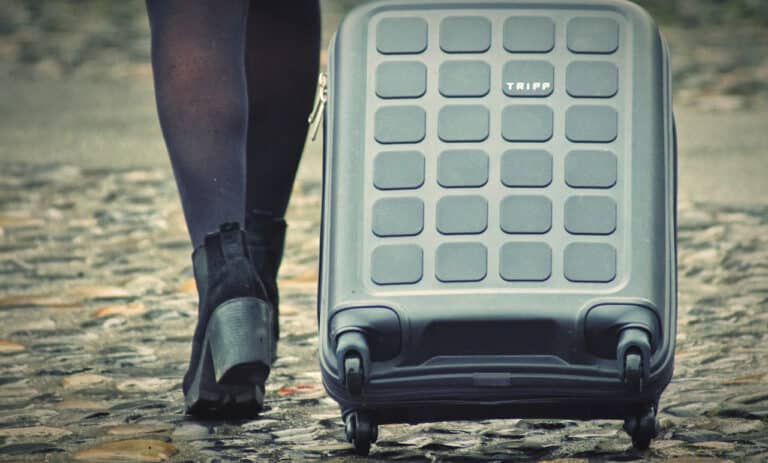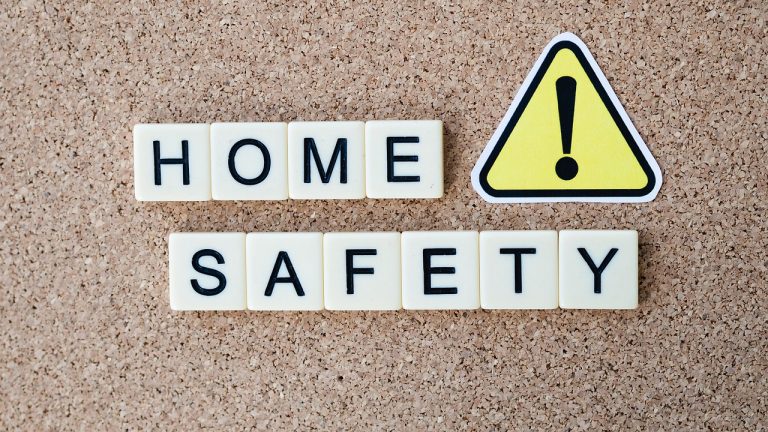Making your home more energy-efficient doesn’t have to be expensive or time consuming. There are a number of small changes you can make to your routines and daily habits that will add up to big savings on your energy bill. Here are five easy ways to get started:
In This Article
1. Turn off lights when you’re not using them.
Without doing anything else, turning off your lights when they aren’t in use is the single easiest way to conserve energy and save money. Get in the habit of turning off all lights when you leave a room, and make sure to turn off outdoor lights during the daytime.
In addition to turning your lights off more often, you can also switch to energy-efficient lightbulbs. These days, many energy-saving options are available that will give you the same amount of light for a fraction of the cost.
2. Close doors and windows when the weather is cold or hot.
Especially if you live in a place with hot summers or cold winters, it’s important to keep your doors and windows closed when the temperature outside is extreme. Every time you open a door or window, you let out precious conditioned air and let in unconditioned air, which requires your heating or cooling system to work harder (and use more energy) to maintain the desired temperature.
If you have rooms that aren’t frequently used, close the vents in those rooms so that you aren’t paying to heat or cool them.
In the winter, open your curtains during the day to let in natural sunlight and heat, and close them at night to keep the heat in. In the summer, do the reverse by keeping your curtains closed during the day to block out the sun’s heat.
3. Unplug electronics when they’re not in use.
When you keep electronics plugged in, they’re still using electricity, even when turned off. To save energy (and money), get in the habit of unplugging electronics when you’re not using them. This includes everything from your coffee maker to your computer charger. If it’s plugged in, it’s using power.
In addition to unplugging electronics, you can also save power by using a power strip. That way, you can easily switch off multiple devices with the flip of a single switch.
If your electronic devices are outdated, consider upgrading to more energy-efficient models. Newer laptops, for example, use far less energy than older models.
4. Install a smart thermostat.
Smart thermostats like the one from Nest Home Security are a great way to save energy and money. These devices learn your temperature preferences and adjust the temperature accordingly. They also allow you to control your home’s temperature remotely, so you can turn down the heat when you’re not home or raise the AC before you get back from work.
In addition to being more convenient, smart thermostats
5. Wash clothes in cold water whenever possible.
Washing your clothes in cold water can save you a significant amount of money on your energy bill. In most cases, cold water is just as effective at cleaning your clothes as hot water, so there’s no need to waste the extra energy (and money) to wash in hot water.
If you have a lot of laundry to do, try to wash all your clothes at once. That way, you can take advantage of the full load capacity of your washing machine and save water and energy.
Final Thoughts
Making small changes to your daily habits is a great way to make your home more energy-efficient. By following these five tips, you’ll be on your way to saving money and reducing your carbon footprint.











